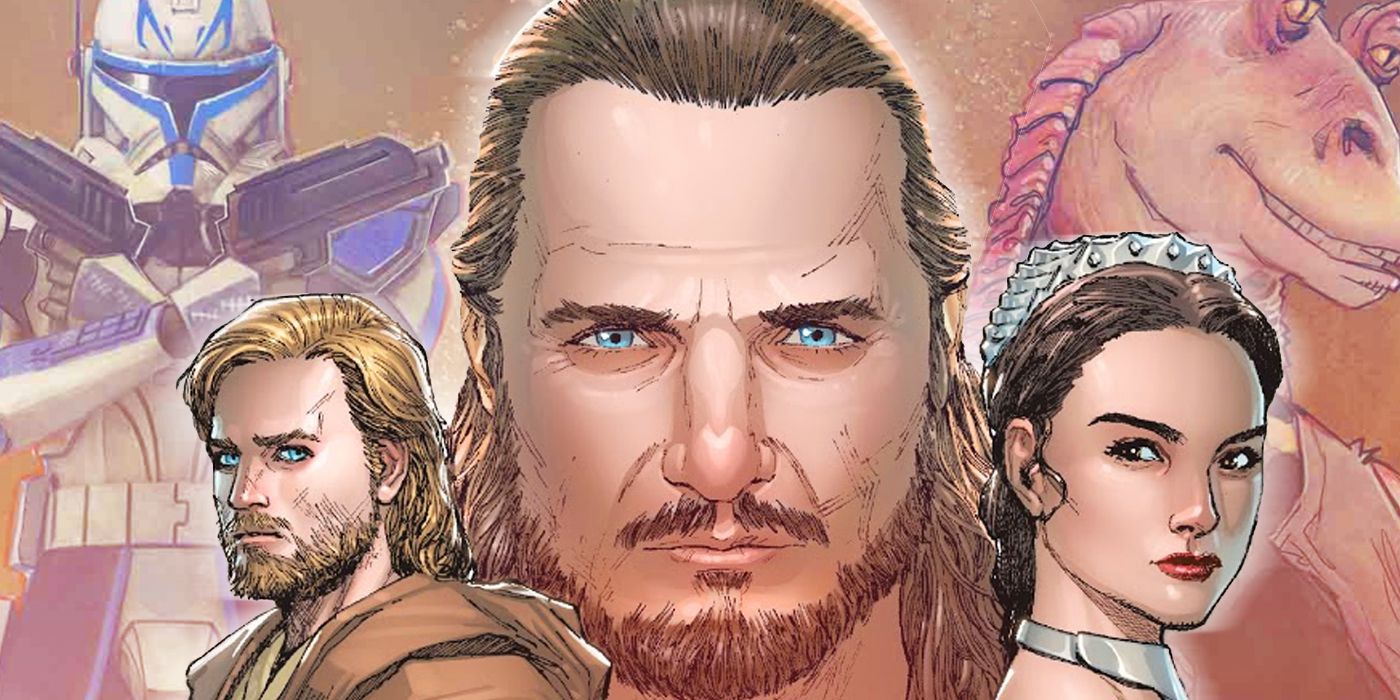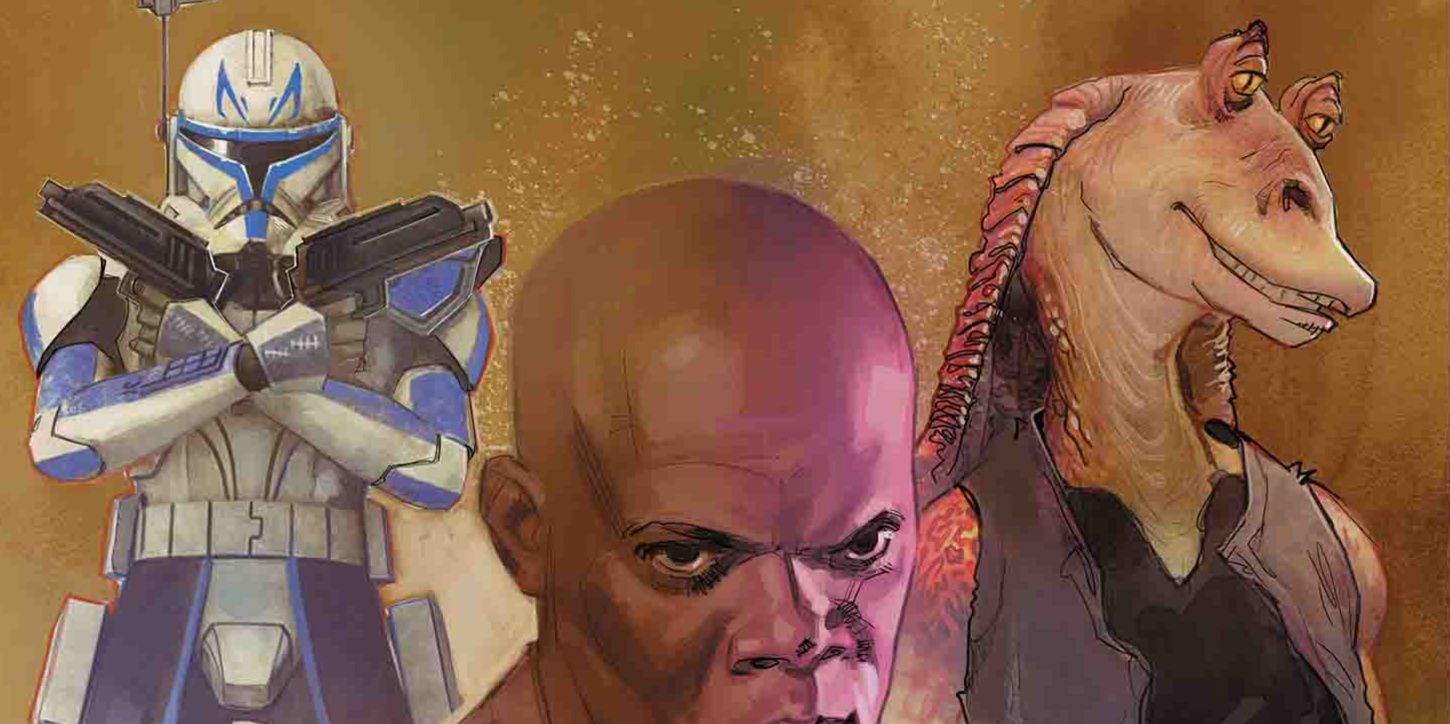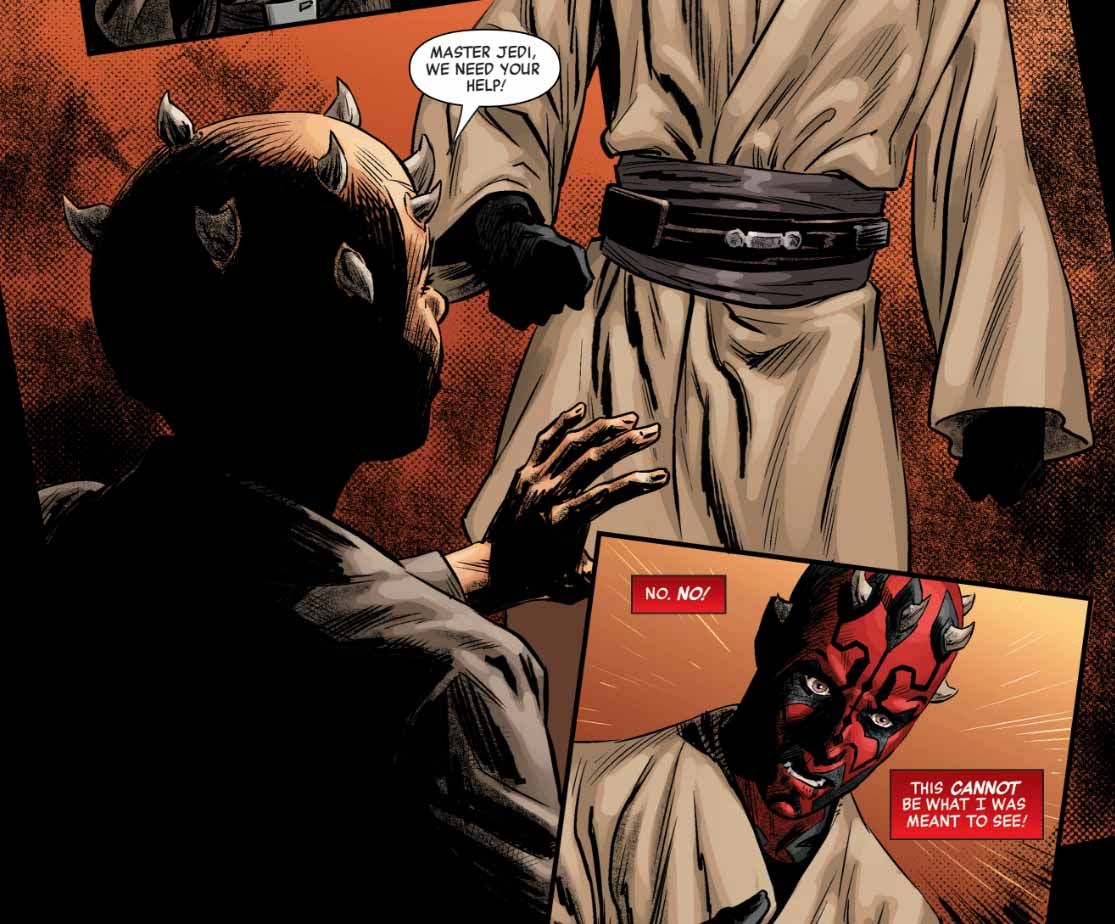When Disney acquired the Star Wars franchise, they rebranded stories from the Expanded Universe as "Legends" (and therefore no longer canon), leaving gaps in the events surrounding the prequel trilogy--gaps that the Star Wars: Age of Republic comics finally fill in.
There are a total of nine issues in this series: four following heroes of the Republic, four following villains, and also the Age of Republic: Special which includes three shorter stories about different characters. Given the dearth of canon stories about the final years of the Galactic Republic, these stories are absolutely crucial to Star Wars lore.
The Age of Republic comics from the winter of 2018 and 2019 cover events from before The Phantom Menace up through the later parts of the "Clone Wars". Although the Age of Republic: Special was published on January 16, 2019, and was released in the middle of the other books, it is the perfect starting point for the series. Its three stories are "The Weapon" by Ethan Sacks, Paolo Villanelli, and Erick Arciniega; "Sisters," by Jody Houser, Carolos Gomez, and Dono Sanchez-Almara; and "501 Plus One" by Marc Guggenheim, Caspar Wijngaard, and Cris Peter.
In "The Weapon," Mace Windu has been taken prisoner by a group of terrorists who are forcing kidnapped children to fight as soldiers. He escapes, defeats his opponents, and frees the children, but fails to stop one child soldier who willfully joined the terrorists. "Sisters" follows Asajj Ventress as she sets out to collect a bounty on the Jedi Ahsoka Tano. When she passes a mugger about to rob two sisters of their food, Asajj saves the girls. After their Jedi General is killed, Captain Cody and his Clone Troopers fight through a hostile planet in "501 Plus One," where many Clones die while protecting Senator Jar Jar Binks.
Mace's story shows how even the most powerful Jedi Master has his limits, while the other two mark turning points for the characters. Asajj's decision to save the sisters begins her redemption arc and renewed altruism. Similarly, Cody learns to respect Jar Jar, who demonstrates his own combat prowess, even avenging two fallen Clones. Notably, Jar Jar skillfully uses the lightsaber of the fallen Jedi, then fumbles with it when Cody appears, playing into the fan theory that the Gungan may be a Sith Lord only faking incompetence.
This decision to explore major turning points in each character's lives are key to the four heroes' stories. For example, in Obi-Wan's comic, he grapples with doubts about training Anakin, but the issue ends with him finally ready to teach his Padawan, thus beginning their deep friendship. Similarly, in Anakin's story (set years later), he saves slaves forced into service at a Separatist factory and becomes a liberator, just as he was once freed from bondage by the Jedi. Meanwhile, Padme Amidala travels on a secret diplomatic mission, concealing this from her husband Anakin (even as her handmaidens protect her secret marriage). An assassin ambushes her when her ship lands, but Padme manages to handle both the assassin and diplomatic mission successfully.
By contrast, the villains' stories tend to be character studies. Count Dooku's mission for Darth Sidius explores the competing responsibilities between his life as a former Jedi and his responsibilities as a count. Jango Fett's story focuses on his son, Boba, as the two partner with other bounty hunters and Jango teaches his son important life lessons. Darth Maul's comic focuses on his hatred of the Jedi. When Sidius takes him to the planet Malachor, he has a Force vision where he sees himself as a Jedi and learns to master his rage.
This is one of three Force visions in the series. The others occur in the first and last issues. In Qui-Gon Jinn's comic, the first issue of Age of Republic, he lets the Force guide him to a world that is being infected by the dark side. In a vision, he sees how Jedi can succumb to the dark side if they are too rigid to adapt to its influence. Afterward, he speaks with Yoda, and explains that his vision taught him not to seek the light, but to seek balance.
In the final issue, General Grievous is killing Jedi on a jungle world when he discovers an ancient Jedi temple. Within, he finds a glowing waterfall, and passes through it into what appears to be another dimension, where disembodied Force entities expose just how small and insignificant he is. This is by far the most important revelation of the entire series. While each book in Age of Republic expands on the characters and lore of Star Wars, Grievous' comic shows that there are some mysteries of the Force that extend even further than the limits of that faraway galaxy.



